The PRISM AI system uses data from millions of patients to help identify those likely to develop the most common form of the disease.
A new AI system could help detect the most common form of pancreatic cancer, new research has found.

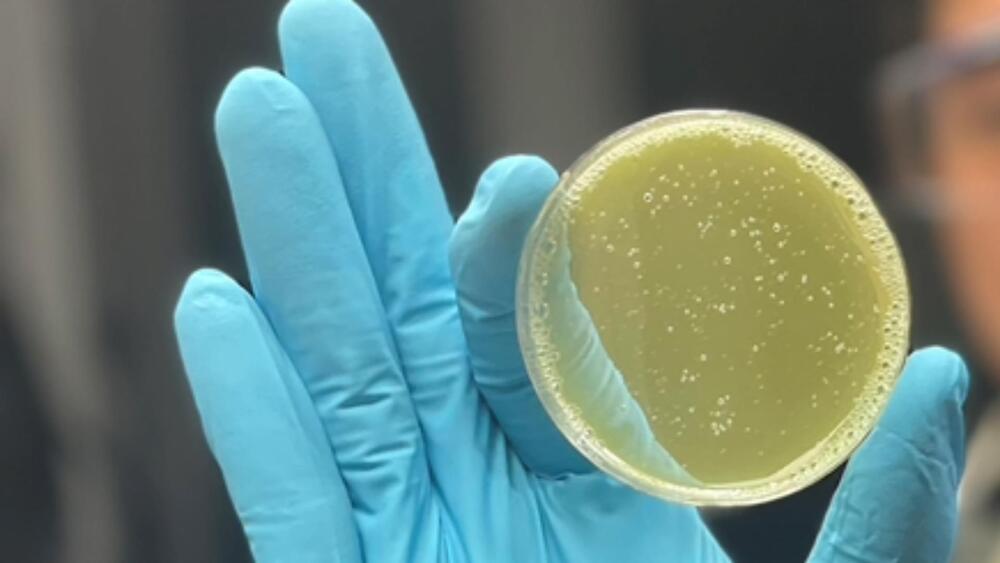
Researchers have created a smart wound soldering paste called iSolder (intelligent solder).
Nanoparticle-based paste
In a conventional tissue soldering method, the application of heat causes the paste to polymerize, resulting in bonding with the underlying tissue. This efficiently closes the wound and promotes rapid healing.
This laser-based smart wound closure paste was created using the bonding agent containing metallic and ceramic nanoparticles.

UC San Diego researchers unveil a revolutionary brain monitoring system, enabling high-resolution, wireless recording in deep brain structures for diverse clinical applications.
UC San Diego introduces breakthrough wireless brain monitoring, paving the way for precision medicine in neurological disorders.
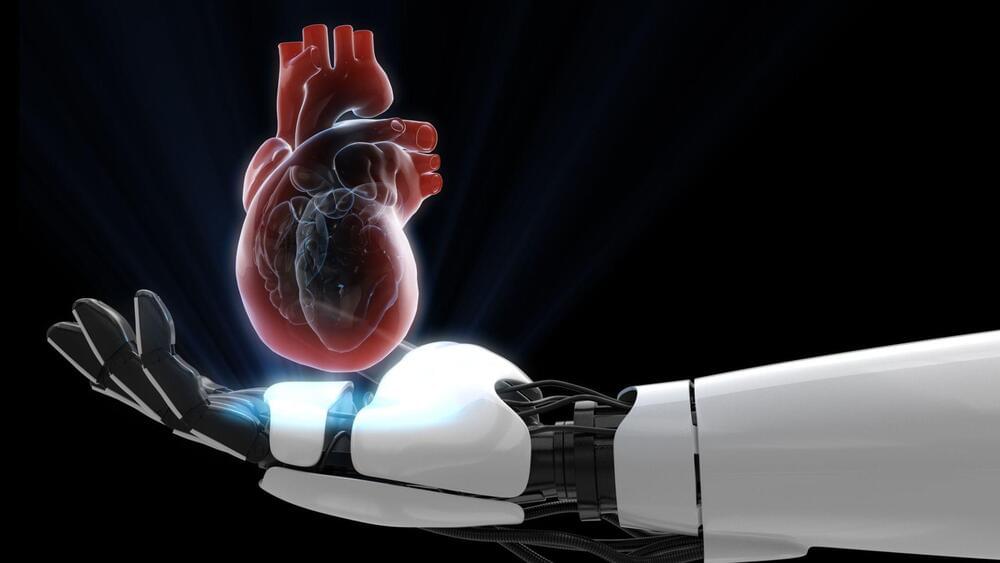
“We combined the predictive model with patient feedback from the PCI Patient Advisory Council to transform machine learning into this patient-centered, individualized risk prediction tool,” said senior author Hitinder Gurm, MBBS, interim chief medical officer at U-M Health.
The tool can help you and your doctor make informed decisions about your treatment. It can also educate you about the potential risks and benefits of PCI. By using the tool, you can have more confidence and control over your health.
The researchers hope that the tool will improve the quality and safety of PCI, and ultimately, save lives.
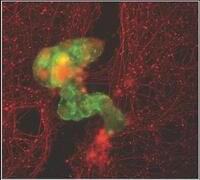
Anthrobots: These remarkable spheroid-shaped multicellular biological robots, or biobots, are not the products of advanced robotics laboratories but are instead born from the inherent potential of adult human somatic progenitor seed cells.
Advanced Science is a high-impact, interdisciplinary science journal covering materials science, physics, chemistry, medical and life sciences, and engineering.
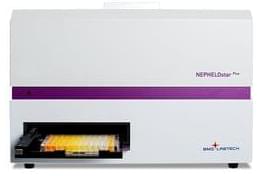

For example, the New York Times states: “The AI industry this year is set to be defined by one main characteristic: A remarkably rapid improvement of the technology as advancements build upon one another, enabling AI to generate new kinds of media, mimic human reasoning in new ways and seep into the physical world through a new breed of robot.”
Ethan Mollick, writing in his One Useful Thing blog, takes a similar view: “Most likely, AI development is actually going to accelerate for a while yet before it eventually slows down due to technical or economic or legal limits.”
The year ahead in AI will undoubtedly bring dramatic changes. Hopefully, these will include advances that improve our quality of life, such as the discovery of life saving new drugs. Likely, the most optimistic promises will not be realized in 2024, leading to some amount of pullback in market expectations. This is the nature of hype cycles. Hopefully, any such disappointments will not bring about another AI winter.

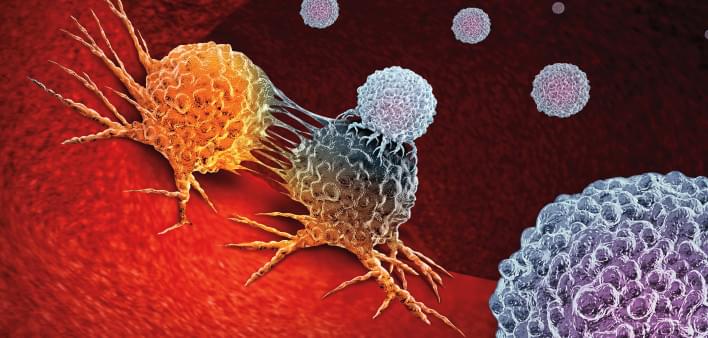
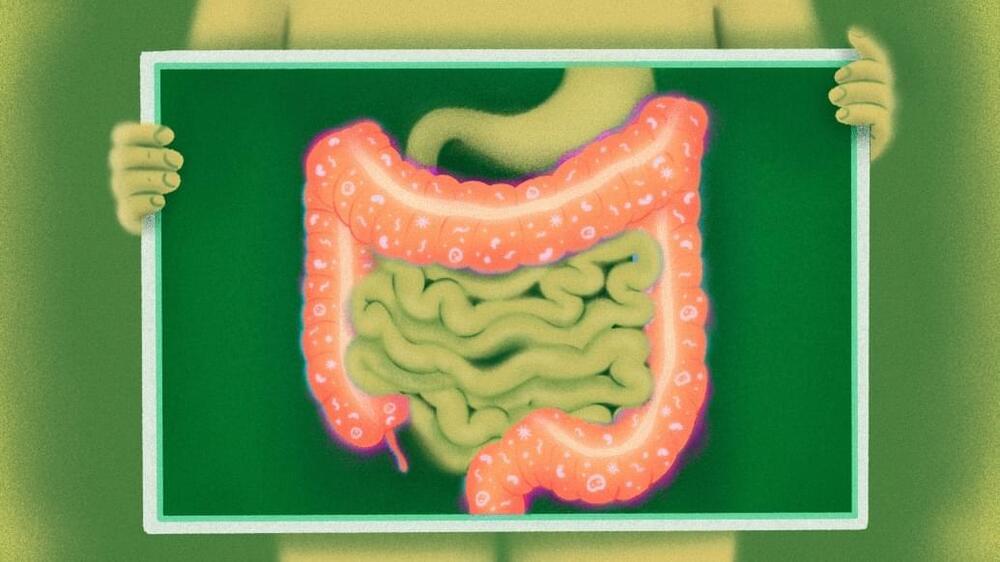
The findings are published in Science.
“This is a good example of how understanding a mechanism helps you to develop an alternative therapy that’s more beneficial. Once we identified the mechanism causing the colitis, we could then develop ways to overcome this problem and prevent colitis while preserving the anti-tumor effect,” said senior study author Gabriel Nunez, M.D., Paul de Kruif Professor of Pathology at Michigan Medicine.